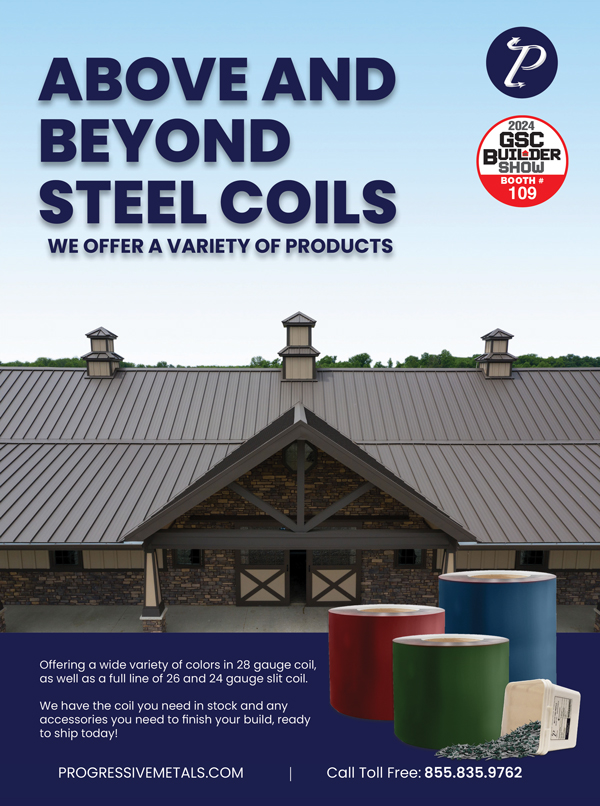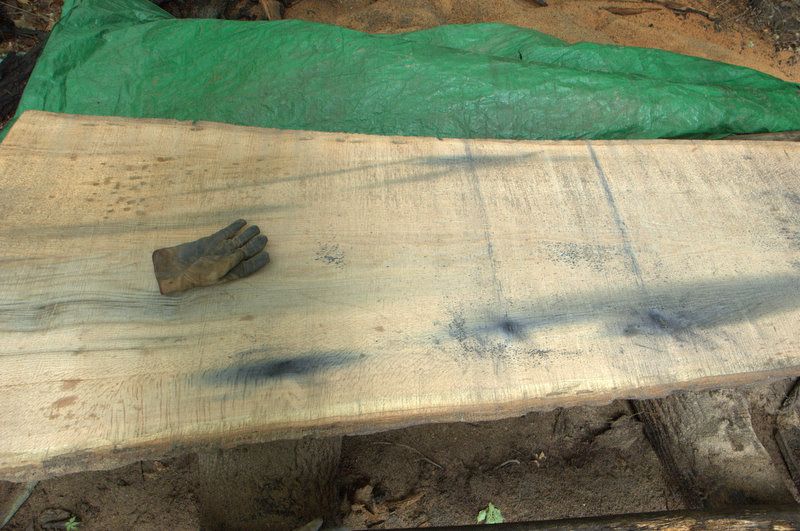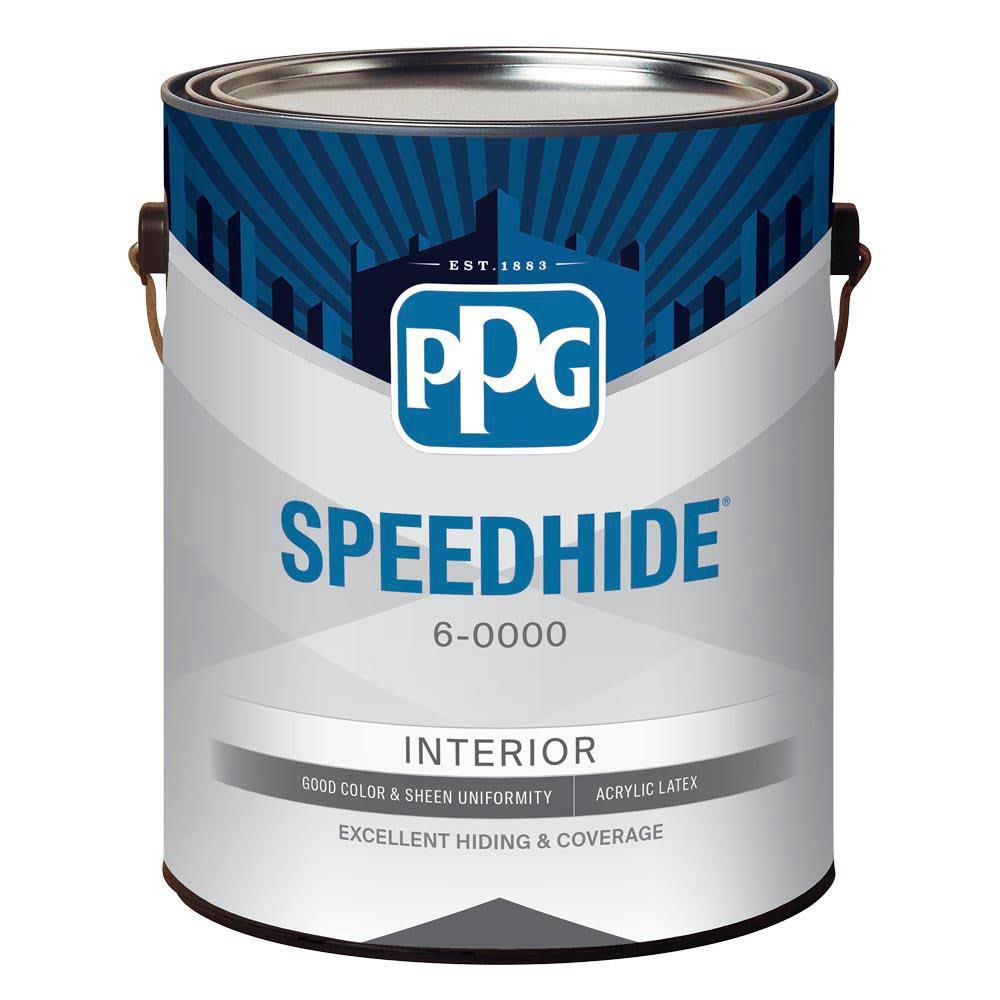by Jamie White, PPG Segment Specialist
It is cold outside but I still need to paint my buildings. How should I do it?
Can paint freeze?
How long do I need to let it dry before I roll it out into the cold?
How hot does my paint bay need to be?
These are all common questions we get asked as we head in to the winter season. In most regions of the shed market, winter is just another challenge on the list.
However, it doesn’t have to be. In this issue, we will explore the effects that cold weather has on shed coatings, as well as share some tips on how to continue your operations in spite of Mother Nature.
Most shed coatings are water-based coatings, whether they are acrylics or urethanes, they contain a significant amount of water and solvents. They dry or cure through a process where the water/solvents evaporate out and leave the paint film. Just like with people, coatings are greatly impacted by the cold. The lower temperatures slow, and sometimes can even stop, the dry/cure process. When this happens, you can see a myriad of effects or results.
As we all know, water freezes at 32°F/0°C. Since shed coatings contain a lot of water, they can freeze as well. The coatings can freeze in the bucket or on the side of your shed. Each type of shed coating has a low temperature threshold that it can be exposed to and still dry/cure properly. For example, water-based acrylic paints generally can be applied when the air and surface temperature are 35°F and rising. Water-based urethanes need it to be 50°F and rising. It is important to check with your coatings provider to understand the proper temperatures for the coating you are using.
Below is a list of the most common effects from coatings being exposed to temperatures below their threshold.
Also below is a list of tips that can help you battle the winter. Remember, as the environmental conditions change, so must your process so that you can continue to produce quality sheds.
Most common effects on paint due to cold weather application:
Frozen paint on the surface of the building: Small cracks all over the surface, may have a shattered glass appearance. Falls off easily when wiped or scrubbed.
Paint runs off of nail heads: Metal gets colder quicker and is slower to warm up. Painting over cold nail heads can cool the paint and cause it to run off or not stick.
Cracking/Peeling: When a coating is in the cure process and it is exposed to cold temperatures, it can stop or pause the curing process, which will cause the coating to cure improperly and become brittle and have loss of adhesion.
Tips for painting when it is cold outside:
Heat your shop: Depending on your setup, this can be easier said than done. You do not have to make your shop feel like Alabama in August, however if you can get it to San Diego in the Spring, that would be good. This means mid sixties and above. The warmer the better, but remember: too hot and you will raise the humidity, which will still slow the dry/cure time.
Bring buildings in to warm up: If it is below 60° outside, you will see improvement by allowing your buildings to warm up before painting. A lot of shops bring the buildings they plan to paint in to the bay the night before and allow them to warm up overnight.
They then paint the next morning. Leave them in the bay or booth all day and then pull them out and pull more in to get ready for the next day.
NOTE: There are a lot of variables that affect the dry/cure time of a coating. They include thickness of the coating, paint temperature, air temperature, surface temperature, humidity, amount of air movement, etc. Because of these variables, it is difficult to give an exact time that a coating needs to stay in the booth before being rolled outside. The colder/wetter it is outside, the more time the coating will need inside to dry or cure.
Air Movement: Using fans to blow air across the coated surface is a BIG help in speeding up the dry/cure time. If you have an exhaust fan, it is good to run it for a short time right after you paint to pull the wet air out of the booth. It will also pull the warm air out so do not run it the whole time.
Put heat inside the shed you painted: We have seen shops that put individual heaters inside a building before and after painting. This can help raise the substrate temperature and dry/cure the coating faster.
Store your paint in a warm area: It is best to keep all of your paint in an area that is above 50°F at all times.
If you know what colors you plan to use the next day, then the night before you can store that paint in an office or heated area where it can be warmed up to 70°F or so. Warm paint dries faster than cold paint.
NOTE: How do you know if your paint has previously frozen and thawed? Paint settles and separates over time and when mixed or agitated it goes back to having the consistency and appearance of paint. Once it has frozen and thawed, it will not mix back together, it will stay in a “cottage cheese” type state.
Two coats are better than one: That may sound backwards, however in an effort to speed up the dry/cure time, this can actually help. When applying one thick coat, the water/solvents in the bottom layer of the coating have to travel up through the coating.
And remember they are moving slow because of the temperature. By applying a light first coat, it allows the water/solvents to flash off quicker. Then once it is a little “tacky,” or even dry to the touch, you can apply another light coat. You will end up with the same amount of paint on the building and you allowed the water/solvents a faster way out of the coating.
Tools: You can purchase an inexpensive thermometer to hang in your paint booth. We recommend the ones that show inside temperatures, outside temperatures and humidity.
It is also handy to have a laser temperature gun; an inexpensive model will do. These are useful because you can point them at a surface or at the paint and get an exact temperature. The use of these tools will help eliminate the guess work. GSCB
To better understand how to get the best coatings system, contact Jamie White ([email protected]), who will put you in contact with a PPG Truefinish Specialist in your market.





















